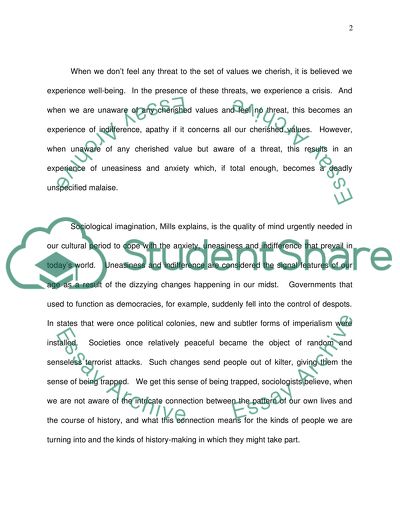Cite this document
(“Developing Sociological Imagination Essay Example | Topics and Well Written Essays - 2000 words”, n.d.)
Retrieved from https://studentshare.org/miscellaneous/1522847-developing-sociological-imagination
Retrieved from https://studentshare.org/miscellaneous/1522847-developing-sociological-imagination
(Developing Sociological Imagination Essay Example | Topics and Well Written Essays - 2000 Words)
https://studentshare.org/miscellaneous/1522847-developing-sociological-imagination.
https://studentshare.org/miscellaneous/1522847-developing-sociological-imagination.
“Developing Sociological Imagination Essay Example | Topics and Well Written Essays - 2000 Words”, n.d. https://studentshare.org/miscellaneous/1522847-developing-sociological-imagination.


